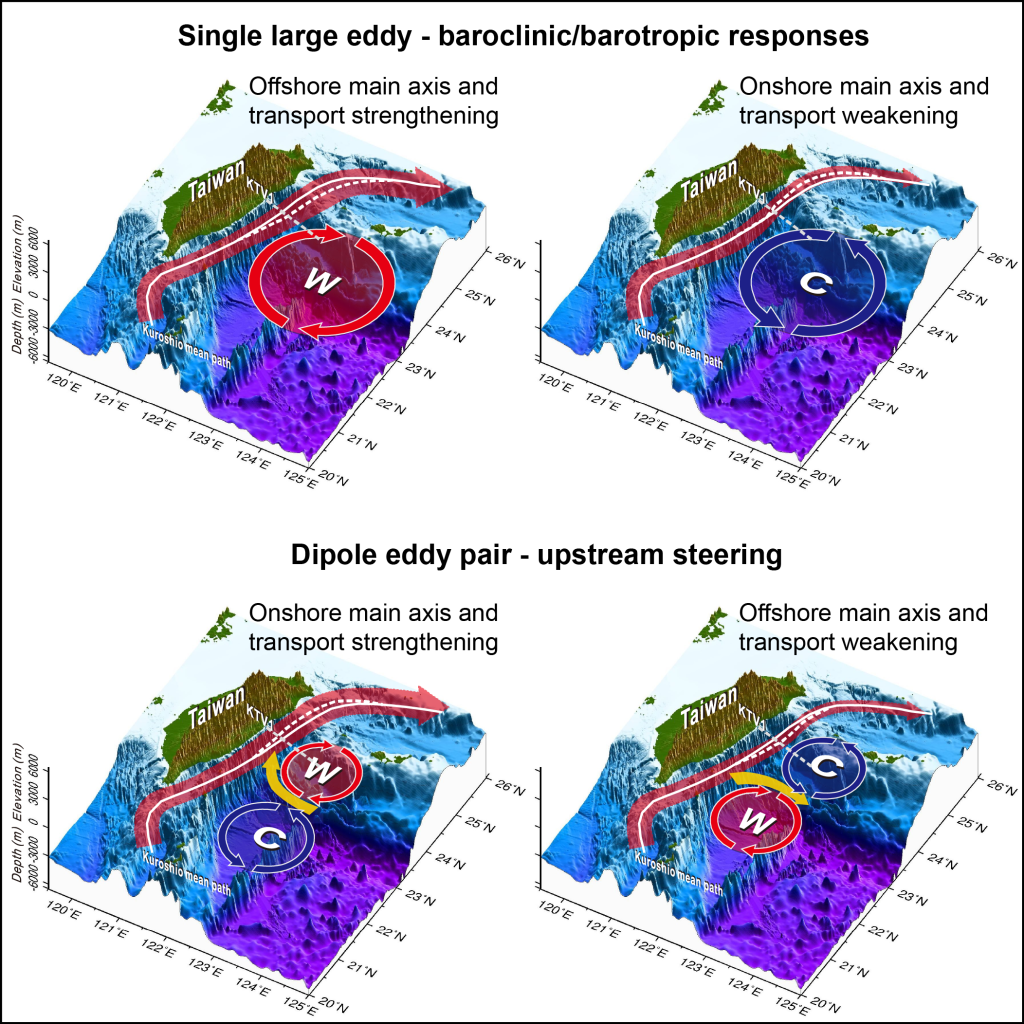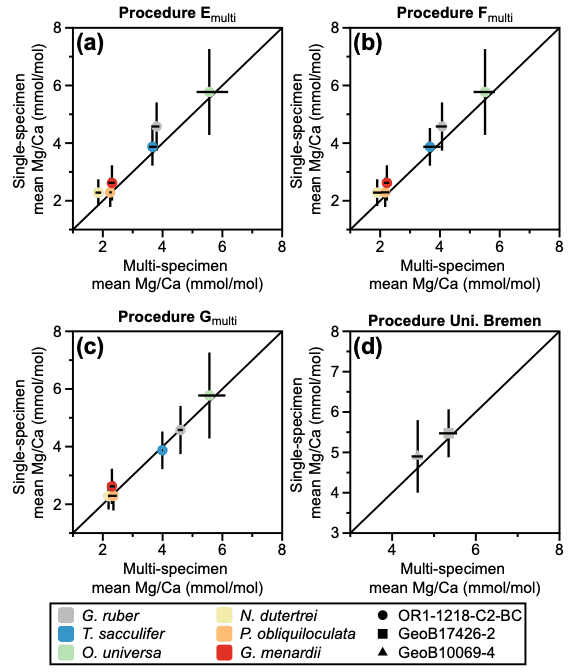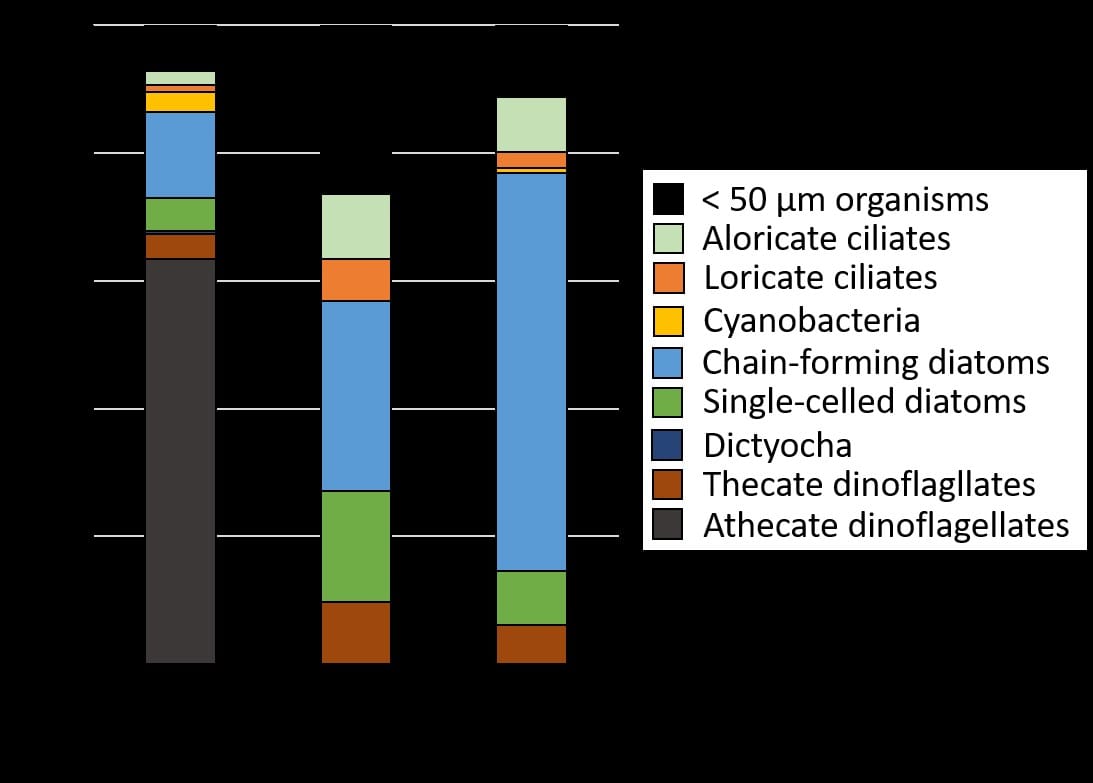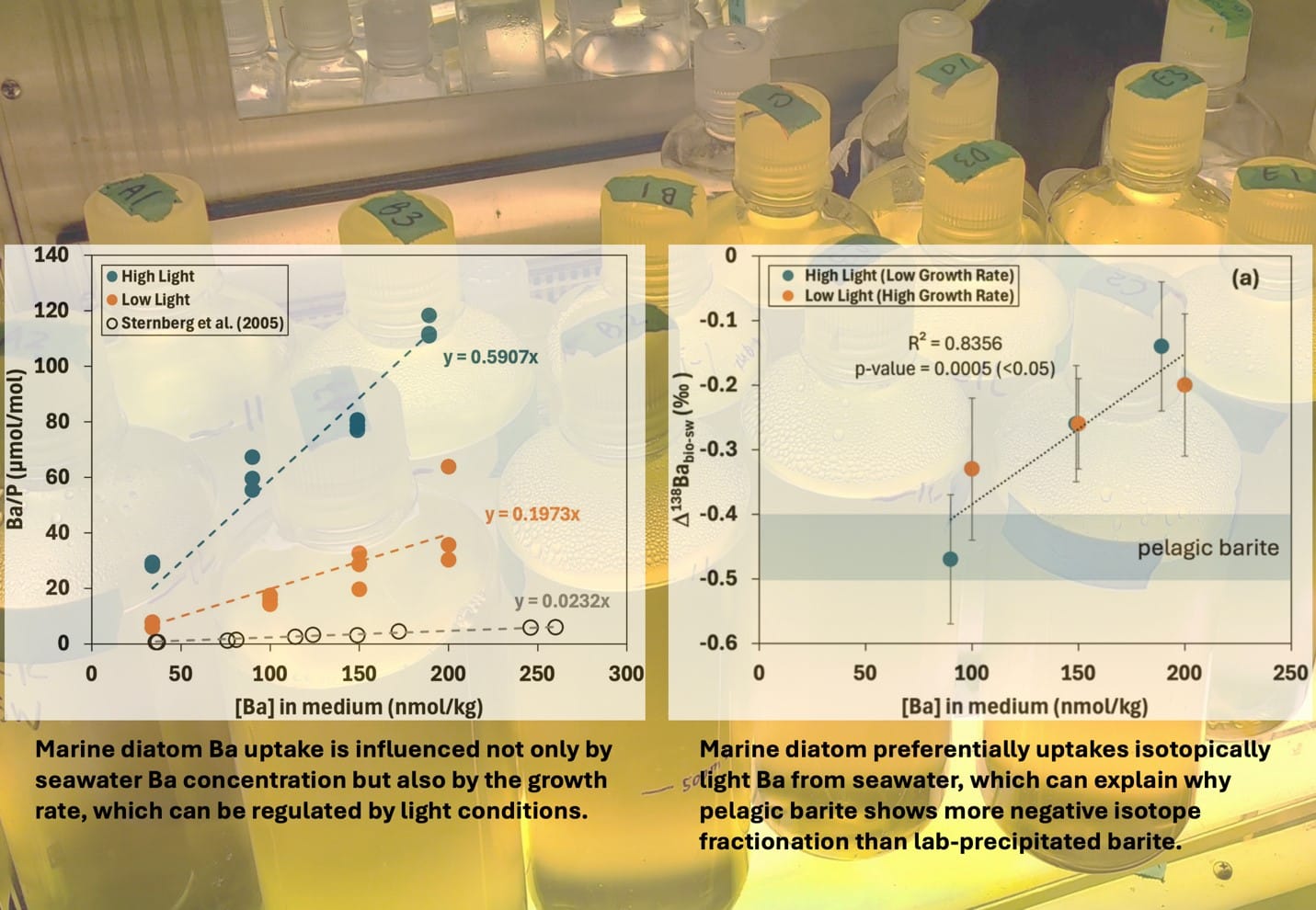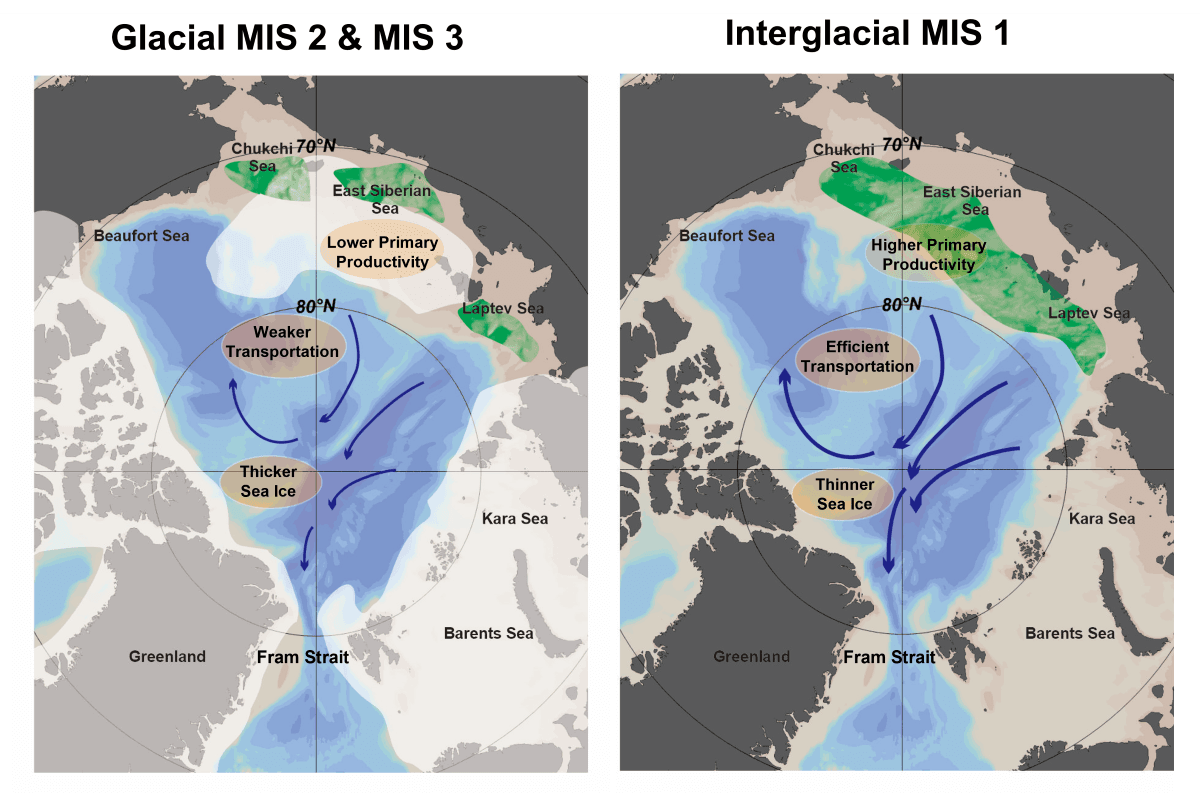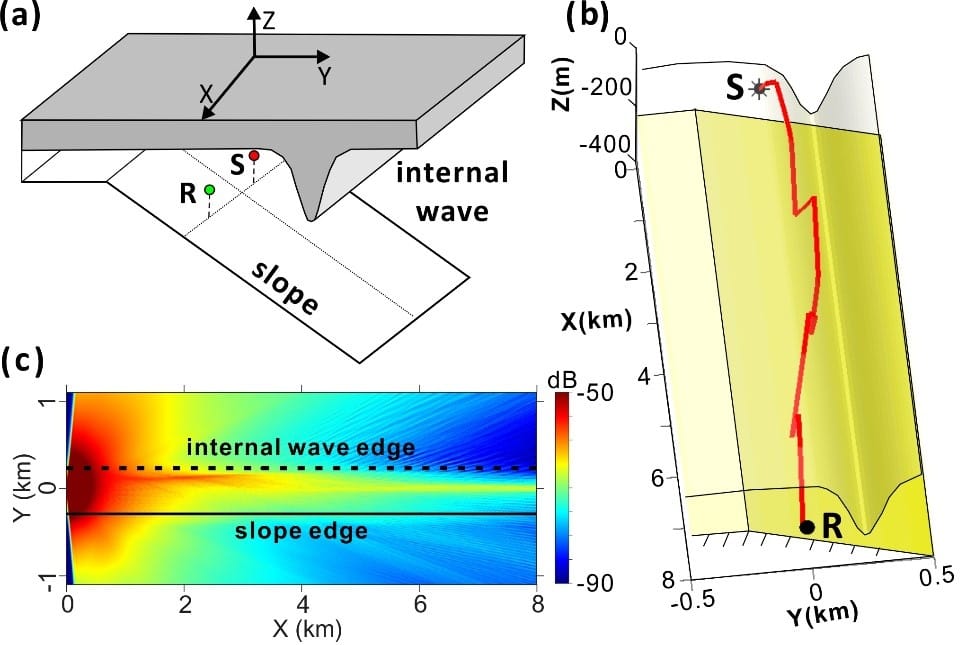Prof. Ming-Huei Chang (in the photo below) reveals the physical processes underlying the Kuroshio meandering and transport variability east of Taiwan using an unprecedented 2-year field observational dataset. The findings of Prof. Chang’s research are crucial to the exploitation of ocean current energy, management of fishery resource, and the study of global change as well as the evolution of typhoons. This research is therefore selected by the Chief Editor of Deep-Sea Research I as the cover page of the January 2018 issue (Figure 1). It is doubtless that the Kuroshio study consists of not only local interest but also global importance.
The Kuroshio is the western boundary current in the Northwest Pacific Ocean, and it transports tremendous heat, salt, and water mass from east of Luzon Island, though the Luzon Strait, along the east coast of Taiwan and continental shelfbreak in the East China Sea to south of Japan. It is important in affecting marine environment, weather, climate as well as global change along its route. The importance of the Kuroshio’s research therefore lies in helping better understand the dynamics of Kuroshio’s variability and, in turn, better predict its influence to marine environment and weather/climate.
The pioneer work of long-term Kuroshio observations was conducted at an array of moored current-meters along the PCM-1 line in the East Taiwan Channel (ETC) during the World Ocean Circulation Experiment (WOCE) from September 1994 to May1996. Observations at the PCM-1 have helped provide insight to the variability of Kuroshio and have been the base of Kuroshio studies over the past two decades. However, the observed Kuroshio variability, i.e., the transport variations and the maximum velocity axis migrations, does not exhibit some of the typical characteristics of the Kuroshio-eddy interactions because the PCM-1 array spans the ETC. The ETC and the Ryukyu Islands chain east of the channel act somewhat as a regulator filtering out some of the variability induced by eddy-Kuroshio interactions. The observations of Prof. Chang are part of a dataset collected through collaborative programs, Observations of the Kuroshio Transport Variability (OKTV) sponsored by the Ministry of Science and Technology, Taiwan and Observations of the Kuroshio and Mindanao Currents (OKMC) sponsored by the U.S. Office of Naval Research. Prof. Chang led technicians and assistants in the Institute of Oceanography to maintain a cross-stream transect ~50 km south of the PCM-1 line with a 23-month continuous measurement using three moored acoustic Doppler current profilers (ADCPs). The spotlights of Prof. Chang’s findings are:
(1) The Kuroshio transport is 4.3 Sv (1 Sv=1 million cubic meter per second) lower than that observed at the PCM-1 line, presumably due to the interannual variations related to abundance of mesoscale eddies in the Subtropical Counter Current (STCC) region.
(2) Our observations exhibit more energetic Kuroshio variability in its axis migration at the KTV1 than at the PCM-1 line. The relatively stable Kuroshio in PCM-1 is attributed to the presence of ETC and the Ryukyu Islands chain where the topography behaves as a regulator damping the interaction with eddies in PCM-1.
(3) Transport variability east of Taiwan is mostly caused by Kuroshio-eddy interactions (Figure 2). When single anticyclonic (cyclonic) eddies encounter the Kuroshio, they enhance (reduce) poleward transport, presumably by increasing (decreasing) the sea level anomaly (SLA) along the eastern flank of the Kuroshio (correlation = 0.82). When a pair of eddies impinges on the Kuroshio, the upstream confluence and diffluence caused by the dipole eddies increases and decreases the Kuroshio transport, respectively. Furthermore, the eastward (westward) currents that result from either the single eddy or the dipole eddy produce flow divergence (convergence) adjacent to the Kuroshio’s eastern edge, favoring the offshore (onshore) migration of the Kuroshio axis.
The citation of this paper is: Chang, M.-H., S. Jan, V. Mensah, M. Andres, L. Rainville, Y. J. Yang, Y.-H. Cheng (2018), Zonal migration and transport variations of the Kuroshio east of Taiwan induced by eddy impingements, Deep-Sea Research I, https://doi.org/10.1016/j.dsr.2017.11.006, and it is available at http://www.sciencedirect.com/science/article/pii/S0967063717301565.
Photo Prof. Ming-Huei Chang (left) is watching the deployment of an ADCP mounted in the orange buoy (right) onboard R/V Ocean Researcher III.
Figure 1 Cover page of Deep-Sea Research I, Volume 131, January 2018.
Figure 2. The schematic diagram showing the migration and transport variations during the Kuroshio interacting with eddy.



